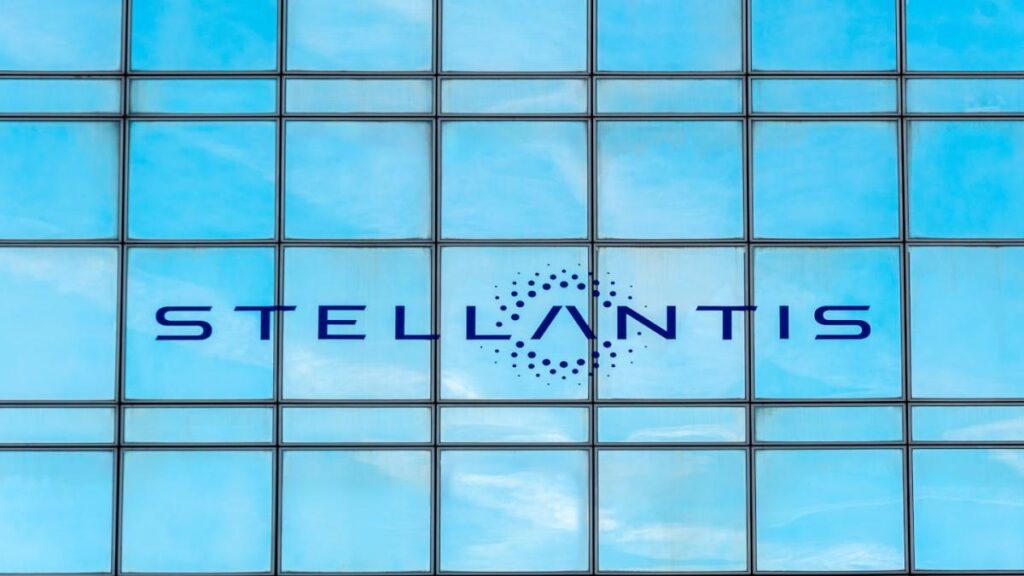Stellantis, the global automotive manufacturer, recently announced its commitment to maintaining operations in Italy, as no plants will be closed or mass redundancies implemented. This statement came from an executive during a government-organized meeting in Rome, demonstrating Stellantis’ intention to reassure employees and stakeholders amid industry challenges. The automaker faces several obstacles, including sluggish demand for electric vehicles, escalating competition from China, and high inventory levels affecting its U.S. operations. Such challenges have instigated a broader crisis within Italy’s auto industry, characterized by declining production rates and an increasing number of idle manufacturing facilities. Despite this turbulence, Stellantis remains steadfast in its plans for its Italian workforce and production capabilities.
The Italian auto sector’s hardships have become more pronounced, with a reported reduction in annual vehicle production expected to drop below 500,000 units in 2023—the lowest figure seen since 1958. Stellantis’ brands, including Fiat, Alfa Romeo, and Lancia, have all experienced diminishing sales figures in the Italian market, exacerbating concerns among labor organizations and industry analysts. Additionally, the company’s high inventory levels in the U.S. have adversely affected profit margins and cash flow forecasts, forcing Stellantis to reassess its operational strategies. This precarious situation has led to speculation regarding potential production halts, especially at major factories like Mirafiori in Turin, where pivotal models are manufactured, including the electric Fiat 500 and various Maserati models.
During the meeting that addressed these pressing issues, Italy’s Industry Minister Adolfo Urso participated alongside industry leaders and trade union representatives, emphasizing the governmental role in supporting the auto sector. Giuseppe Manca, Stellantis’ human resources manager, reiterated the company’s resolute stance against plant closures or widespread layoffs in Italy. This message aims to foster a sense of stability and assurance among workers and unions in a time of uncertainty. Meanwhile, Minister Urso announced the government’s reconsideration of plans to reduce financial support for the automotive industry, ensuring that necessary funds are maintained for development between 2025 and 2030.
Recent critiques by labor organizations and business associations prompted the government to reallocate approximately €200 million ($213 million) for 2025, showcasing a willingness to invest in the future of the Italian automotive industry. However, officials like Gianluca Ficco of the UILM union have expressed disappointment over the governmental discourse, noting the lack of fruitful discussions and actions since past agreements aimed at revitalizing the industry have seemingly stagnated. Despite assurances from Stellantis and government officials, the prevailing sentiment among labor groups suggests a growing concern around the future stability of auto manufacturing and security for the workforce in Italy.
As Stellantis navigates these tumultuous waters, the intersection of corporate commitments and governmental support becomes increasingly crucial. With the industry’s ongoing evolution, spurred by electric vehicle innovation and market changes, strategic decisions will dictate not only the company’s trajectory but also the livelihoods of thousands within the Italian labor force. The need for clarity in communication from Stellantis, alongside proactive measures from the Italian government, underscores the delicate balance required to foster an environment conducive to resilience and growth in the auto industry.
In conclusion, while Stellantis has assured no closures or significant job cuts will occur in Italy, the backdrop of declining production rates and competitive pressures casts a shadow of uncertainty. The commitment to maintaining manufacturing facilities reflects a strategic choice aimed at preserving employment and market presence, but the realities of industry challenges necessitate ongoing dialogue and collaboration with unions and government entities. Continued investment in the sector, transparent engagement with labor representatives, and forward-looking approaches will be essential to ensuring the long-term viability of Stellantis and the Italian automotive industry as a whole. The future will rely heavily on the effectiveness of negotiations and the capacity to adapt amidst a rapidly changing automotive landscape.

